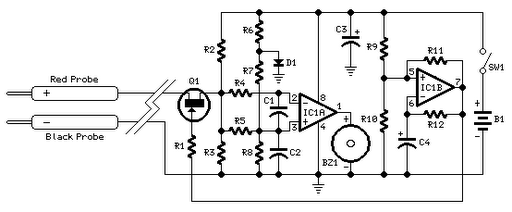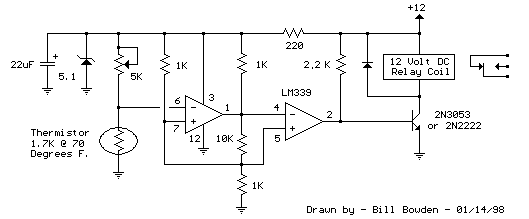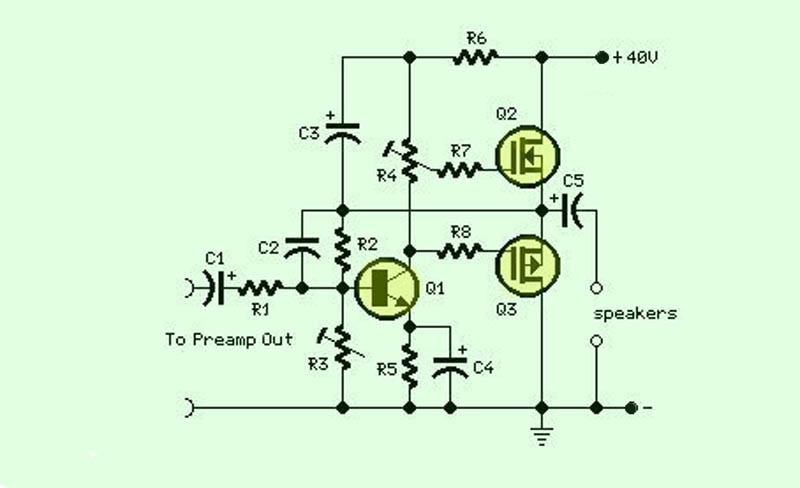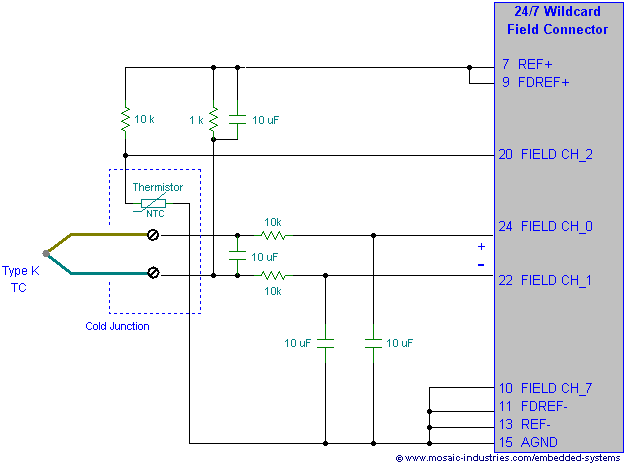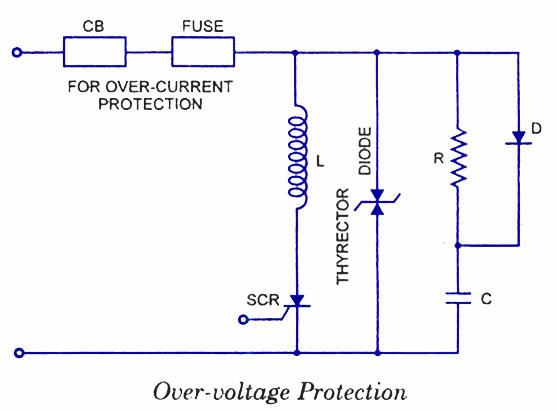
Low pass filter circuit 10KHz using uA741
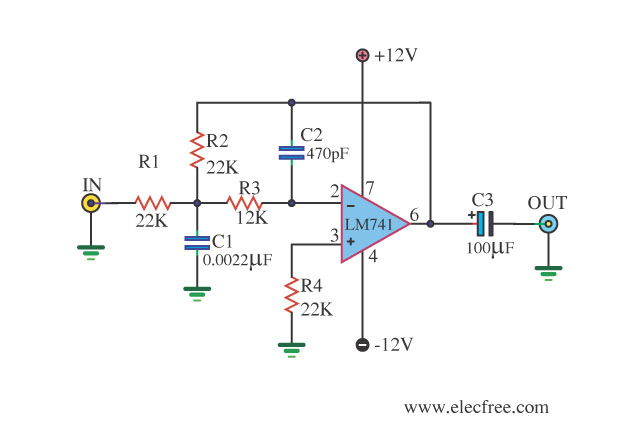
This circuit filters low frequencies below 10 kHz using the highly popular operational amplifier IC uA741. It is convenient for applications that require the conversion of analog signals to digital or vice versa. In digital sound systems, this circuit synthesizes voice or music to produce a smooth waveform output while reducing noise at the output. When processing small-sized signals, the circuit operates with an 8-bit linear decryption. To filter low frequencies, only specific adjustments are needed. The Low Pass Active Filter circuit, utilizing the IC LM741, is user-friendly and can be easily followed using the circuit diagram. The cutoff frequency can be adjusted by setting the resistor values R1 = R2 = R and capacitor values C1 = C2 = C. For a fixed cutoff frequency of 50 Hz, the values show that at 0 dB the frequency is 50 Hz, at -3 dB it is 250 Hz, and at -50 dB it is 10 kHz. This indicates that frequencies above 50 Hz are progressively attenuated. The circuit requires a dual power supply, with positive, negative, and ground connections, typically ranging from +/- 5V to 18V, to ensure optimal signal performance.
The Low Pass Active Filter circuit designed around the uA741 operational amplifier serves to effectively attenuate frequencies above the designated cutoff point, thereby allowing only lower frequencies to pass through. This is particularly useful in audio applications where unwanted high-frequency noise can interfere with the clarity of the sound. The uA741 is chosen for its reliability and performance in analog signal processing.
In constructing the circuit, the values of the resistors and capacitors are critical. By selecting equal resistor values (R1 and R2) and capacitor values (C1 and C2), the user can define the cutoff frequency with precision. The relationship between these components is governed by the formula for the cutoff frequency (fc), which can be expressed as:
fc = 1 / (2πRC)
Where R is the resistance and C is the capacitance. By manipulating these values, the designer can set the desired cutoff frequency to either filter out noise or to enhance the audio signal's quality.
The operational amplifier requires a dual power supply, which is essential for its proper functioning, especially when dealing with AC signals. The typical voltage range of +/- 5V to 18V allows for adequate headroom in signal processing, reducing the risk of clipping and distortion.
In summary, this Low Pass Active Filter circuit using the uA741 op-amp is a versatile tool for audio signal processing, providing a simple yet effective means of filtering out high-frequency noise while preserving the integrity of lower frequency signals. Its adjustable parameters make it suitable for various applications in sound systems and digital signal processing environments.This be the circuit filters 10KHz low size frequencies s use IC op-amp the highly popular number uA741. By this circuit convenients for to apply to input and output of the circuit changes analog signal be digital or the circuit changes digital signal be digital.
In sound system of digital for synthetic the voice or music give for make wave form ou tput the smooth. And press the noise that happen at output. When small-sized signal was managed with decrypt linear the size is 8 bit. When you want to filter low frequency gives can change only. I thinks the Low Pass Active Filter circuit help you. Because of it uses IC LM741, then usable easy follow circuit image. We can fix the frequency is cut off get, by equipment value R1=R2 = R, and C1=C2=C When fix give 50Hz frequencies low only that can change. Values Show be valuable about 0dB = 50Hz, -3dB = 250Hz, -50dB = 10kHz Then will see tall frequency 50Hz more cut give until less is finished.
This circuit should use dual power supply positive, negative, GND +/- 5V to 18V in order to get a signal that is appropriate most. 🔗 External reference
The Low Pass Active Filter circuit designed around the uA741 operational amplifier serves to effectively attenuate frequencies above the designated cutoff point, thereby allowing only lower frequencies to pass through. This is particularly useful in audio applications where unwanted high-frequency noise can interfere with the clarity of the sound. The uA741 is chosen for its reliability and performance in analog signal processing.
In constructing the circuit, the values of the resistors and capacitors are critical. By selecting equal resistor values (R1 and R2) and capacitor values (C1 and C2), the user can define the cutoff frequency with precision. The relationship between these components is governed by the formula for the cutoff frequency (fc), which can be expressed as:
fc = 1 / (2πRC)
Where R is the resistance and C is the capacitance. By manipulating these values, the designer can set the desired cutoff frequency to either filter out noise or to enhance the audio signal's quality.
The operational amplifier requires a dual power supply, which is essential for its proper functioning, especially when dealing with AC signals. The typical voltage range of +/- 5V to 18V allows for adequate headroom in signal processing, reducing the risk of clipping and distortion.
In summary, this Low Pass Active Filter circuit using the uA741 op-amp is a versatile tool for audio signal processing, providing a simple yet effective means of filtering out high-frequency noise while preserving the integrity of lower frequency signals. Its adjustable parameters make it suitable for various applications in sound systems and digital signal processing environments.This be the circuit filters 10KHz low size frequencies s use IC op-amp the highly popular number uA741. By this circuit convenients for to apply to input and output of the circuit changes analog signal be digital or the circuit changes digital signal be digital.
In sound system of digital for synthetic the voice or music give for make wave form ou tput the smooth. And press the noise that happen at output. When small-sized signal was managed with decrypt linear the size is 8 bit. When you want to filter low frequency gives can change only. I thinks the Low Pass Active Filter circuit help you. Because of it uses IC LM741, then usable easy follow circuit image. We can fix the frequency is cut off get, by equipment value R1=R2 = R, and C1=C2=C When fix give 50Hz frequencies low only that can change. Values Show be valuable about 0dB = 50Hz, -3dB = 250Hz, -50dB = 10kHz Then will see tall frequency 50Hz more cut give until less is finished.
This circuit should use dual power supply positive, negative, GND +/- 5V to 18V in order to get a signal that is appropriate most. 🔗 External reference
